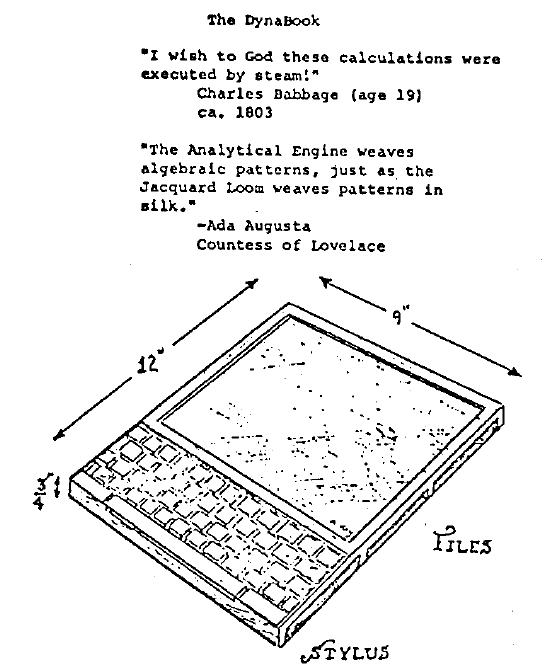
programming
Coding: It’s Just Writing
In The Programming Aphorisms of Strunk and White, James Devlin does a typically excellent job of examining something I’ve been noticing myself over the last five years: The unexpected relationship between writing code and writing. There is perhaps no greater single reference on the topic of writing than Strunk






